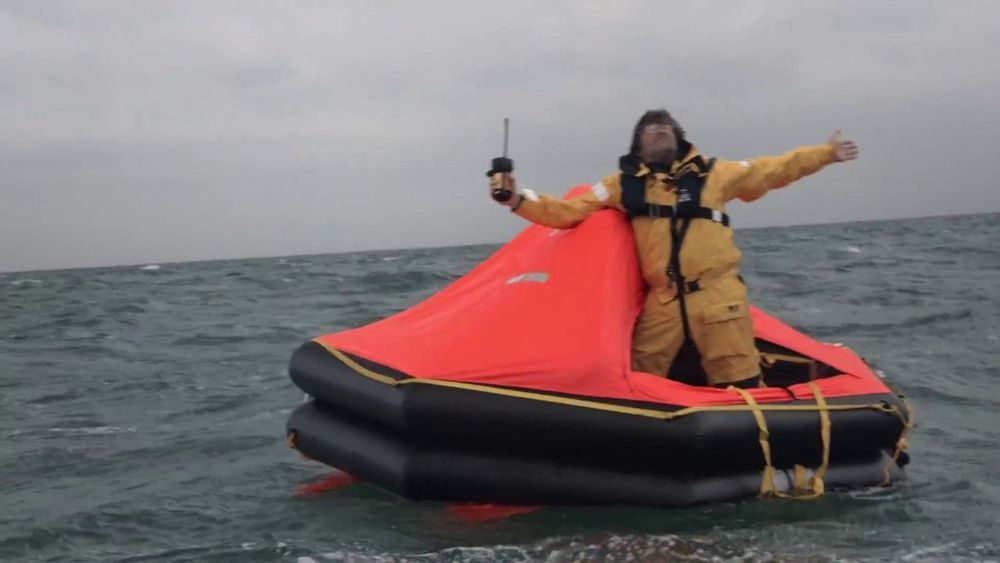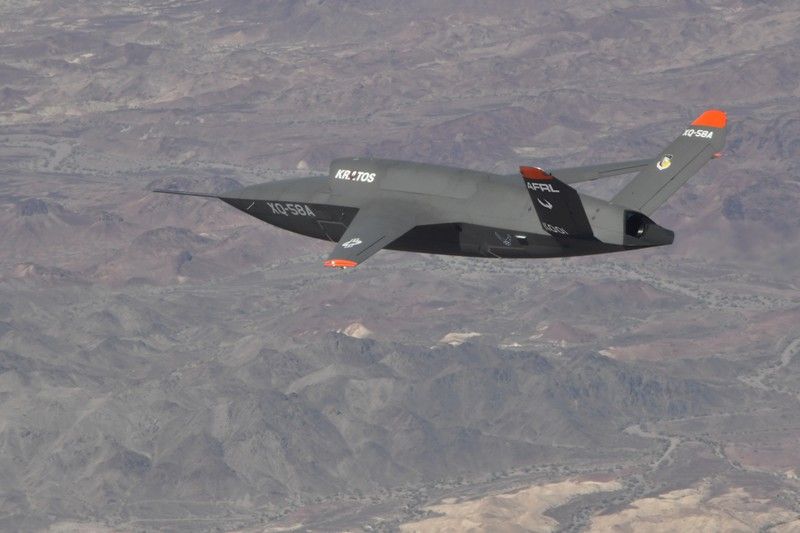Jan 28, 2020
MAJOR: How a Russian Radar Managed to Detect six F-35 ‘Stealth’ Fighters From a Distance of Over 1500 km
Posted by Saúl Morales Rodriguéz in category: military
MOSCOW – Russia’s next-generation long-range radar technology has been able to detect a group of 6 fifth-generation F-35 multirole fighter jets near the Iranian border. This was achieved by a radar that has a specific mode of operation which uses the ionosphere when scanning airspace.
Missile and air defense radars control airspace around the Russian Federation over distances of up to several thousand kilometers. This was noted by Russian Foreign Minister Sergei Lavrov, who said that long-range air defense radars detected 6 fifth-generation F-35 multi-purpose fighters near Iranian airspace just hours after a missile attack on US military bases in Iraq.
According to the head of Russian Ministry of Foreign Affairs, “at that moment, at least six F-35 fighters were detected near the Iranian border. This information needs further confirmation, however, it indicates the seriousness of the situation which has further increased tensions in the region,” RG, a Russian web portal, stated.
















